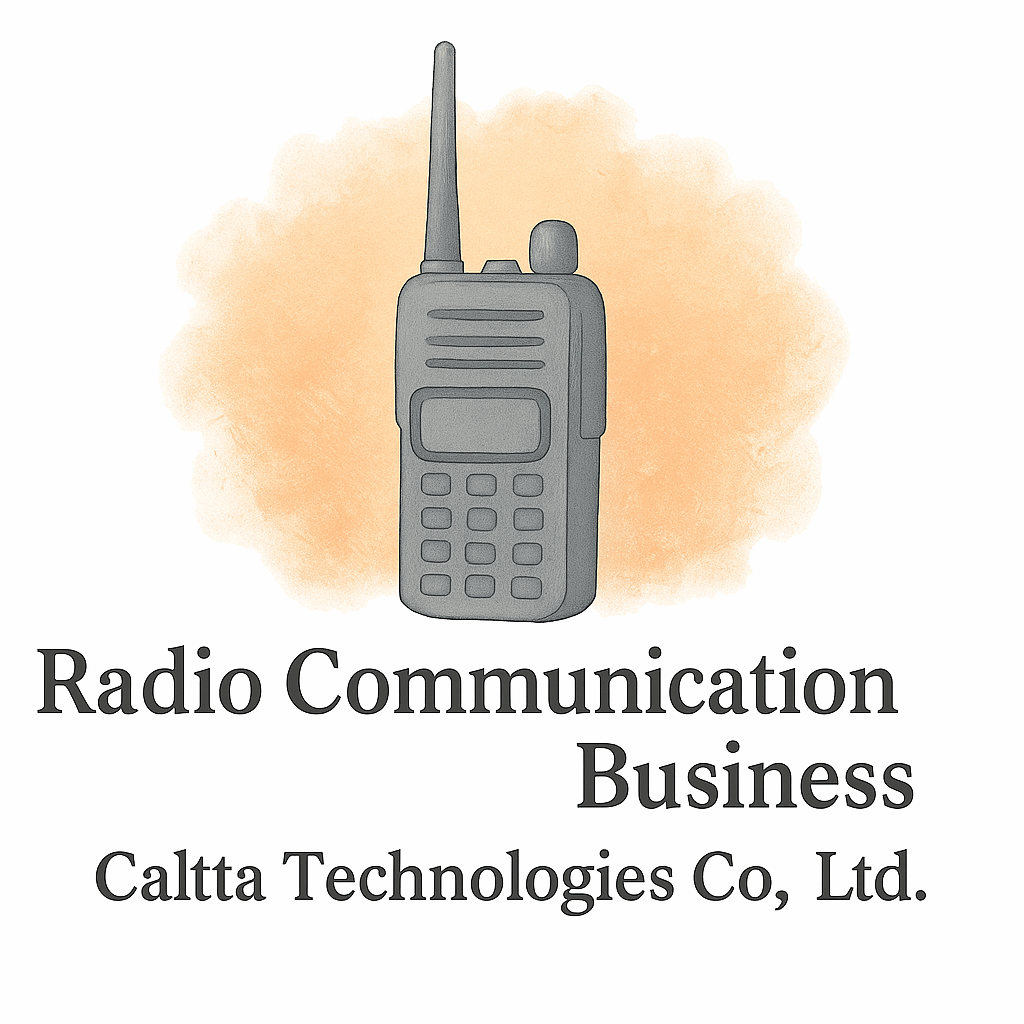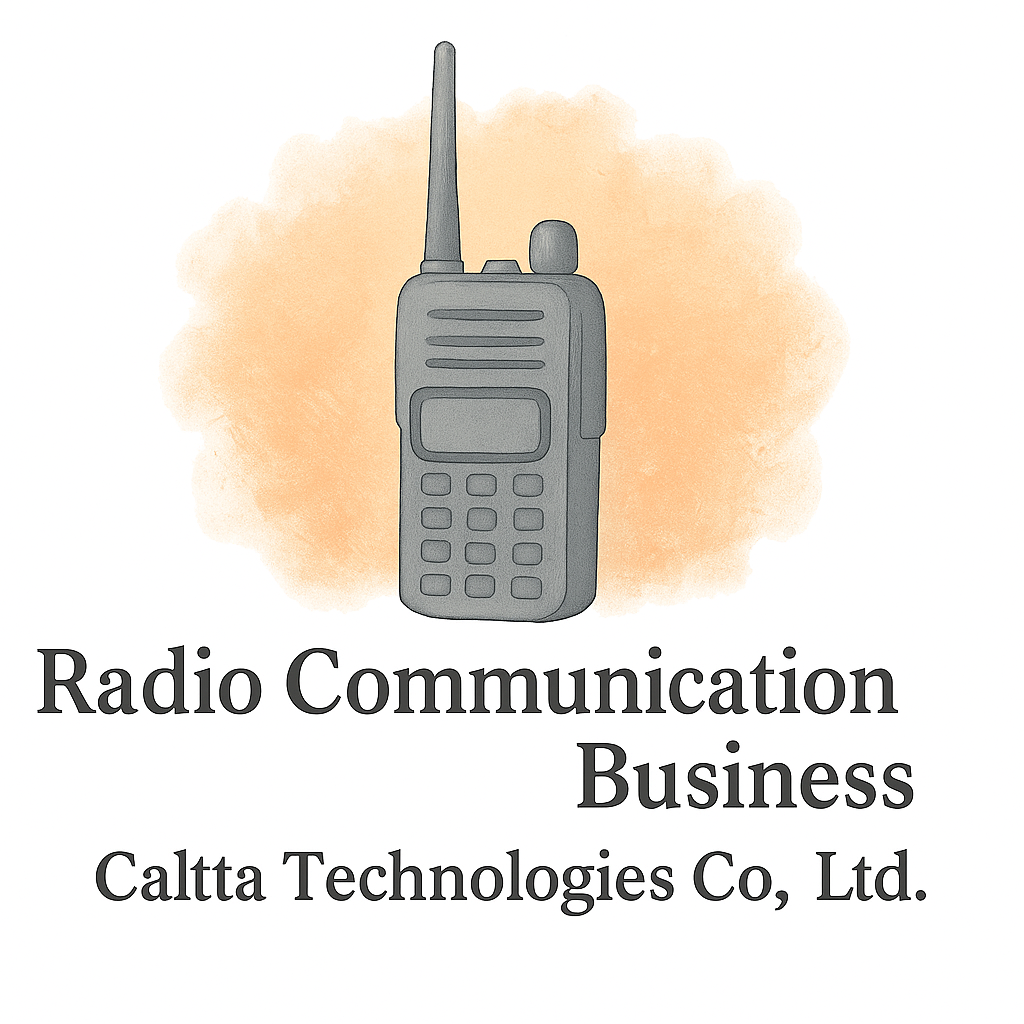Introduction
When disaster strikes, communication is often the first lifeline that keeps people safe and organized. But here’s the catch—cell towers crash, internet signals drop, and panic sets in. That’s why radio communication in emergencies is not just old-school, it’s a proven survival tool. The real question is: how prepared is your team to use it under pressure? That’s where team exercises come in.
In this post, we’ll dive into 11 practical team exercises for radio communication in emergencies that not only sharpen technical skills but also build the kind of trust and teamwork you’ll need when every second counts.
Why Radio Communication Is Crucial During Emergencies
The Role of Team Coordination
In any emergency, whether it’s a natural disaster, a large public event, or an unexpected breakdown, clear radio communication ensures everyone is on the same page. Without coordination, even the best equipment is useless.
Common Communication Failures
Misunderstood call signs, unclear instructions, or overlapping transmissions can easily cause chaos. These failures may sound small but in a high-stakes environment, they can cost time, resources, and sometimes lives.
Preparing Teams for Emergency Radio Drills
Setting Objectives
Before launching into exercises, you need to define your goals. Are you training for clarity? Speed? Or for maintaining calm under stress? Clear objectives keep drills meaningful.
Choosing the Right Equipment
Not all radios are created equal. Teams should familiarize themselves with devices suited for their environment. For more about the right gear, check out equipment technology insights.
Establishing Clear Roles
Every team member should know their call sign, responsibility, and fallback plan. Just like a sports team, clear roles reduce confusion and keep communication smooth.
11 Team Exercises for Radio Communication in Emergencies
1. Call Sign Recognition Drill
This simple but effective exercise trains team members to quickly identify and respond to their unique call signs, even in noisy environments.
2. Brevity and Clarity Challenge
Teams practice transmitting essential information in under 10 seconds. The focus is on eliminating filler words while keeping the message crystal clear.
3. Chain Relay Exercise
A message is passed down a line of team members using radios. The goal? See how much of the original message survives at the end—perfect for spotting weak links in clarity.
4. Role-Switching Simulation
Each person rotates through different team positions—leader, responder, and observer. This helps everyone understand the challenges and pressures of each role.
5. Static and Interference Test
Simulate static-filled channels. Can your team still understand key words? This exercise prepares them for real-life technical hurdles.
6. Emergency Scenario Simulation
From “building fire evacuation” to “lost hiker rescue,” create realistic drills. This pushes teams to stay calm while using radios effectively under pressure.

7. Blindfold Navigation Drill
One team member is blindfolded and guided only by radio instructions. It’s a test of clarity, patience, and trust—exactly what emergencies demand.
8. Cross-Team Coordination Game
Two or more groups must share limited frequencies to complete a joint task. This emphasizes discipline and avoiding channel overload.
9. Time-Pressure Response Drill
Give teams just 30 seconds to receive, interpret, and act on a message. This trains quick thinking without sacrificing accuracy.
10. Lost Signal Recovery Exercise
Sometimes radios fail mid-crisis. Practice recovering communication by switching channels or using backup codes.
11. After-Action Review and Debrief
The most underrated exercise—reviewing what worked, what failed, and how to improve. No drill is complete without reflection.
Tools and Technology to Enhance Emergency Drills
Radio Equipment Essentials
Reliable radios, spare batteries, and headsets are must-haves. Explore more about radio tools and equipment here.
Digital Enhancements and Apps
Modern tools like GPS-linked radios or apps that simulate radio chatter add an extra layer of realism. These advancements bridge traditional radio use with modern tech.
Best Practices for Successful Radio Team Training
Frequency of Drills
Like any skill, practice makes perfect. Monthly drills keep communication sharp and avoid skill decay.
Recording and Reviewing Performance
Use voice recorders to capture transmissions. Reviewing them later highlights both clarity and confusion points.
Adapting Drills to Realistic Scenarios
Tailor exercises to your environment—urban teams face different challenges than rural or maritime ones.
Common Mistakes to Avoid in Emergency Radio Training
Overcomplicating Instructions
Keep drills simple and actionable. Confusion in training only leads to bigger problems in real emergencies.
Neglecting Debriefing Sessions
Skipping post-drill reviews means missing the chance to learn from mistakes.
Ignoring Equipment Familiarization
A shiny new radio is useless if your team doesn’t know how to operate it under stress.
Industry Insights on Emergency Communication
What Experts Recommend
Emergency professionals emphasize that communication is as much about psychology as technology. Keeping calm and concise is more valuable than fancy jargon.
Lessons from Real-Life Incidents
History is full of examples where miscommunication led to disaster. Learning from these failures ensures they don’t repeat. Explore more industry insights to see how experts approach these challenges.
Conclusion
Mastering team exercises for radio communication in emergencies is about more than radios—it’s about trust, speed, and clarity under stress. The drills outlined here aren’t just games; they’re lifelines. By training consistently, reviewing mistakes, and adapting to real-world scenarios, your team will be better equipped when it matters most.
For deeper insights into equipment, business continuity, and practical tips, explore Caltta International and its resources on business startup basics, financial planning, marketing and branding, and more.
FAQs
1. How often should teams practice radio communication drills?
At least once a month to keep skills sharp and prevent skill loss.
2. What’s the most important rule in emergency radio communication?
Keep it short, clear, and calm—no unnecessary chatter.
3. Can these drills be done with low-cost equipment?
Yes, the point is practice. Even basic radios are effective for training.
4. How do you prepare new team members for these exercises?
Start with call sign drills and role explanations before diving into advanced scenarios.
5. What’s the role of after-action reviews?
They highlight mistakes, improve efficiency, and strengthen team learning.
6. Do these exercises apply outside of disasters?
Absolutely—they’re useful for events, construction sites, and any scenario requiring coordinated communication.
7. Where can I learn more about radio communication tools?
Check out Caltta International’s equipment technology section for insights on tools and best practices.


